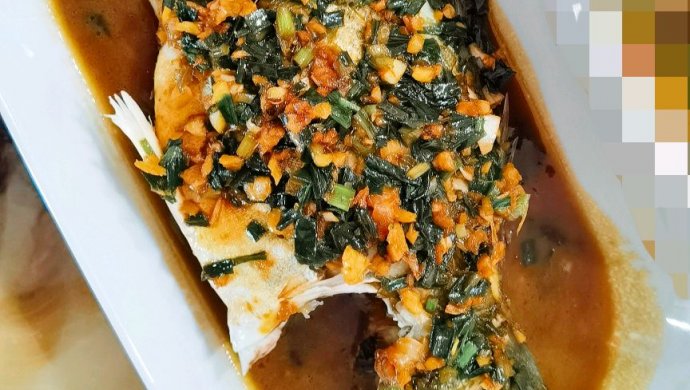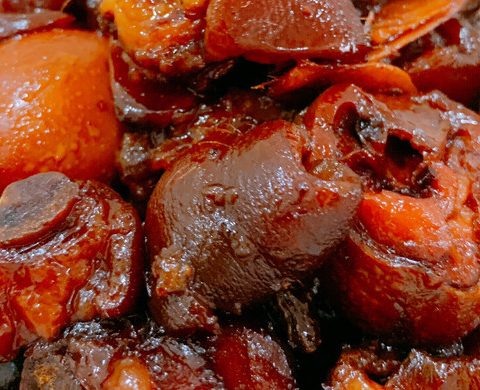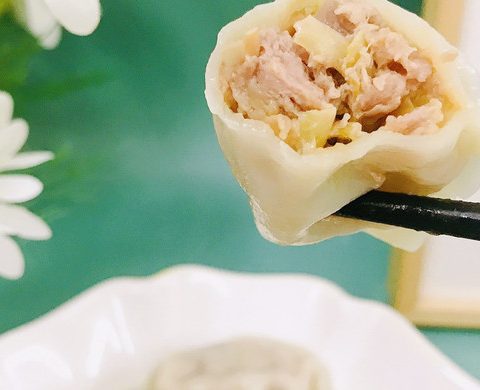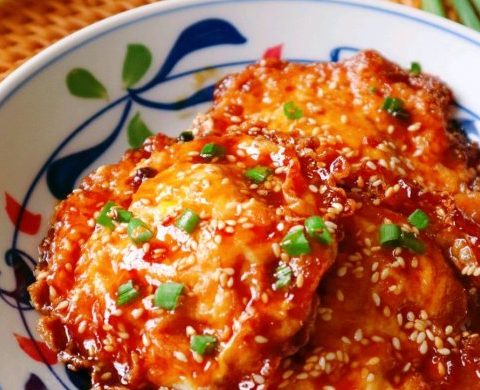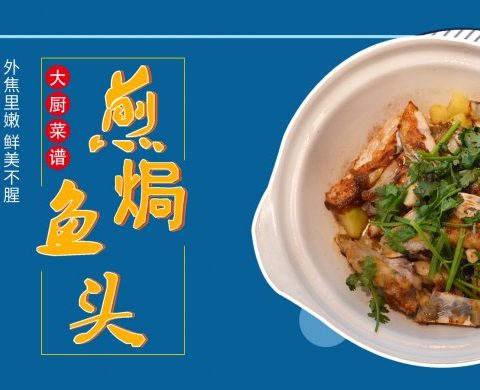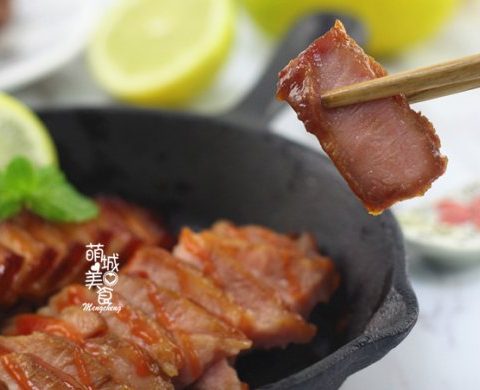Steamed fish is a super easy dish, but it’s especially important for Lunar New Year, Since in Chinese tradition, fish is intertwined with many sayings and symbols of good fortune, and it’s a must-have dish for holiday feasts and big celebrations. Today, I’ll be explaining how we typically make Steamed Fish at home.
The method of “steaming” should be the best way to keep the original flavor of the food. Cantonese-style steamed fish using only onion, ginger, garlic, soy sauce and peanut oil can better highlight the freshness and delicacy of the fish, and the method is also simple. This time I cooked the seasoning and poured it over the fish. Next time, I can teach you a method of pouring it directly with boiling oil. It is not difficult to make delicious food. As long as you are willing to try it, do it~
Steamed Mandarin Fish Recipe video
Hi, everyone. Today, I will teach you my recipe for steamed fish, or “jīng yùh” in Cantonese.
Steamed Mandarin Fish Recipe

step 1
Prepare a lively mandarin fish, remove all of the scales, innards and clean it. Prepare a long platter, lay a few slices of ginger on the plate, and put the fish on it.
Remember that the mandarin fish is very tender, so you don’t need to cut a knife on the fish. Chopped onion, ginger and garlic for later use.
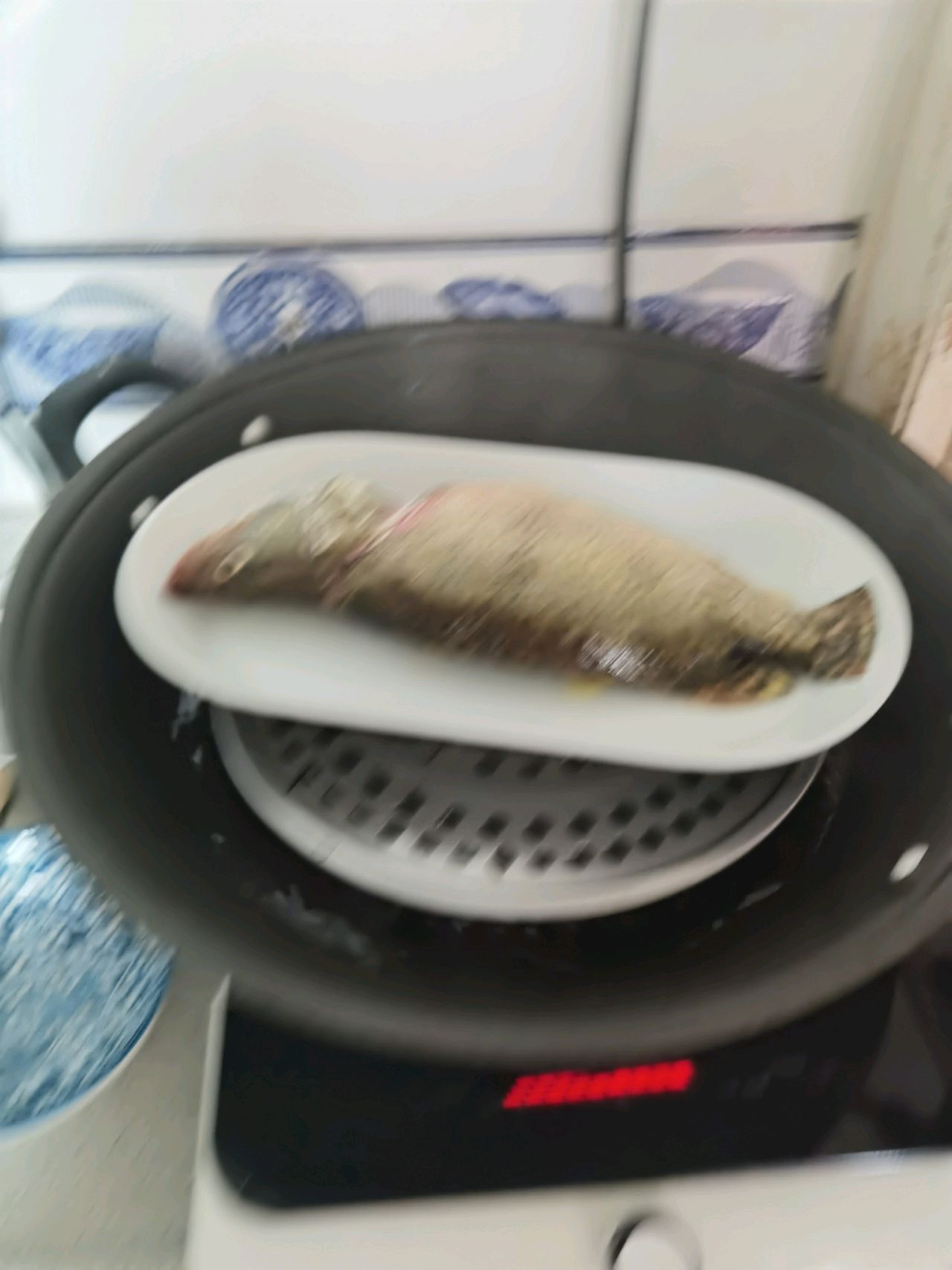
Step 2
Boil the water, put the fish, cover and steam for 15 minutes.
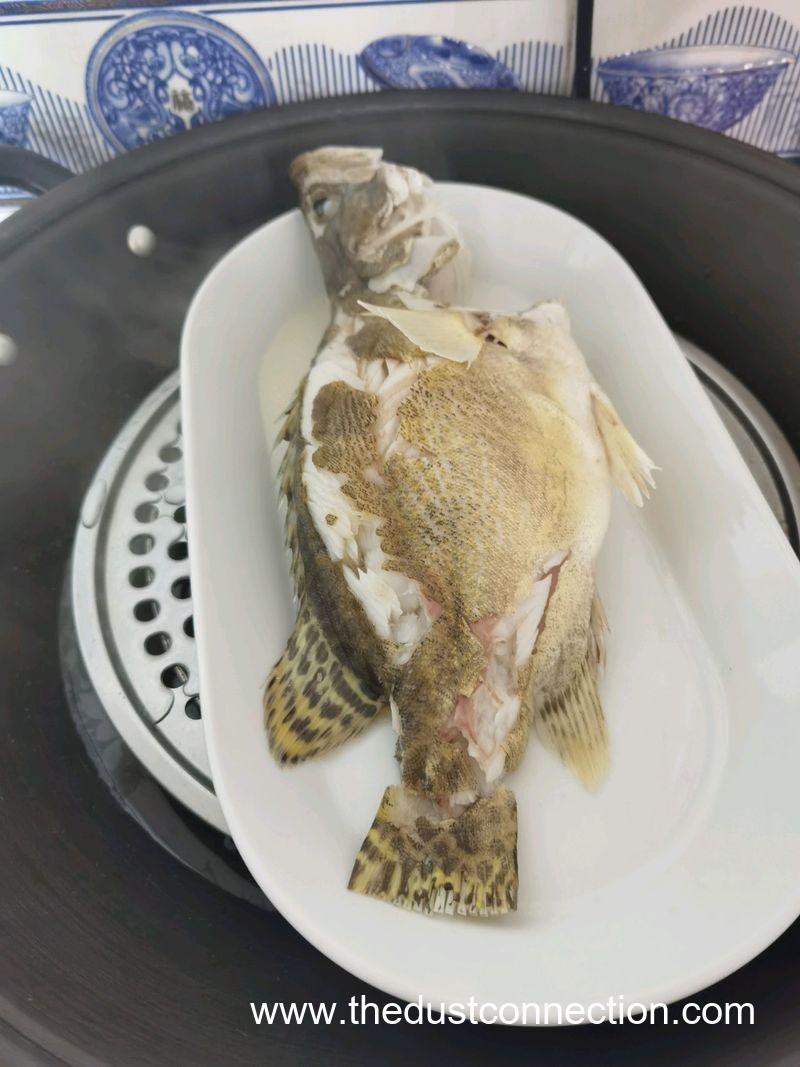
Step 3
After steaming, pour the steamed fish soup into a small bowl for later use. When making condiments, you should put the fish in the wok and cover it.
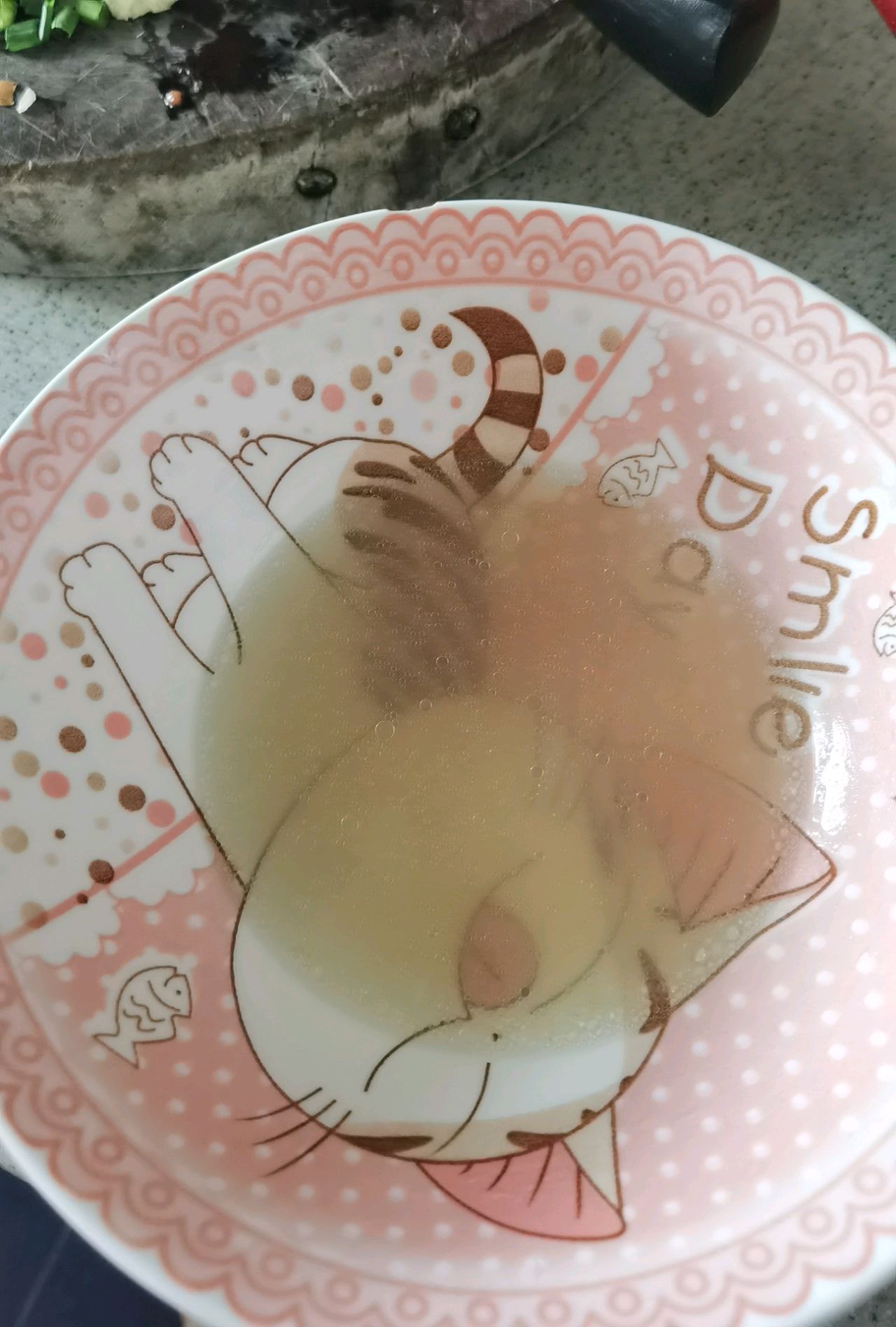
Step 4
poured fish sauce
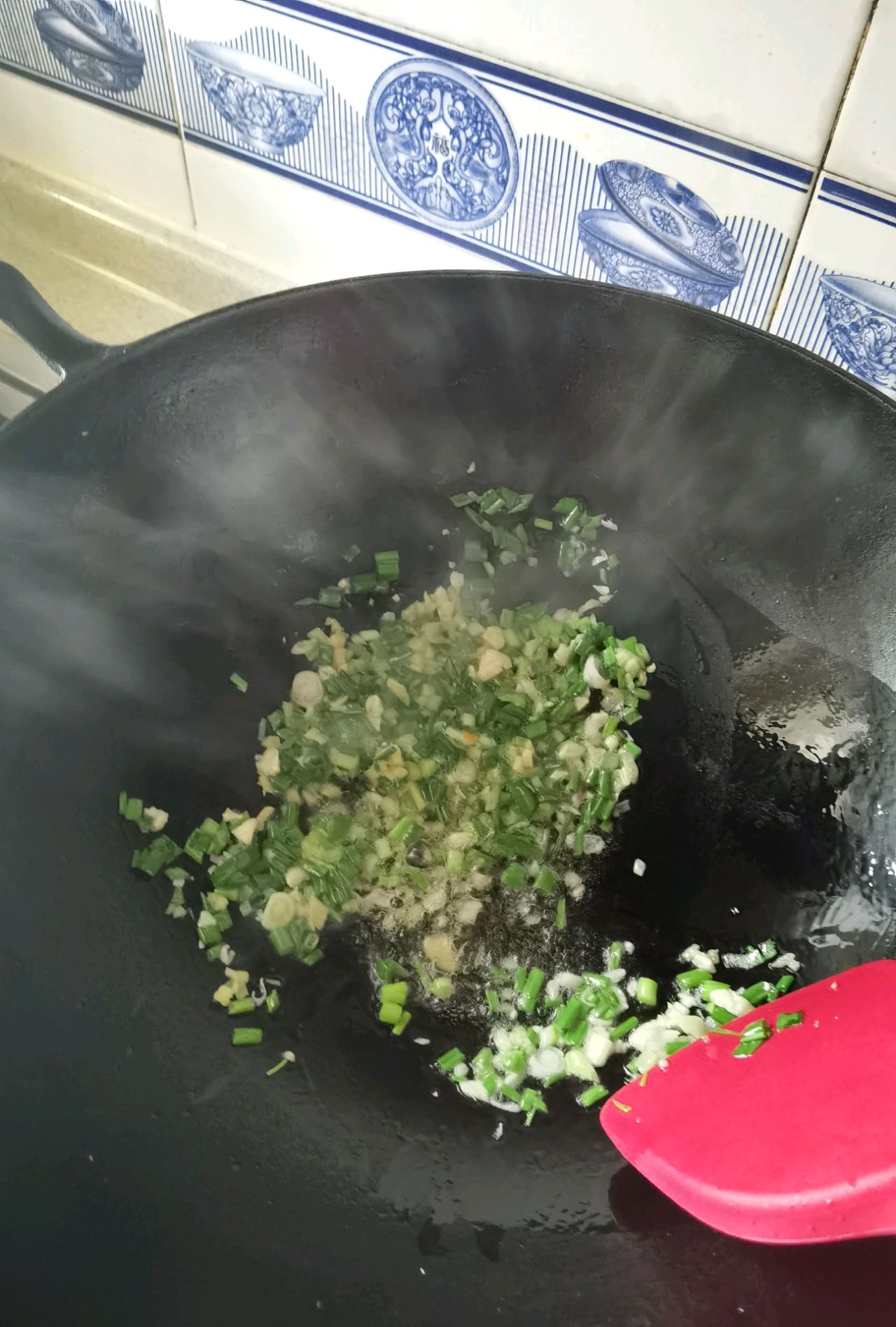
Step 5
Preheat the wok, put oil, add green onion, ginger and minced garlic and saute until fragrant.

Step 6
Pour in the fish sauce
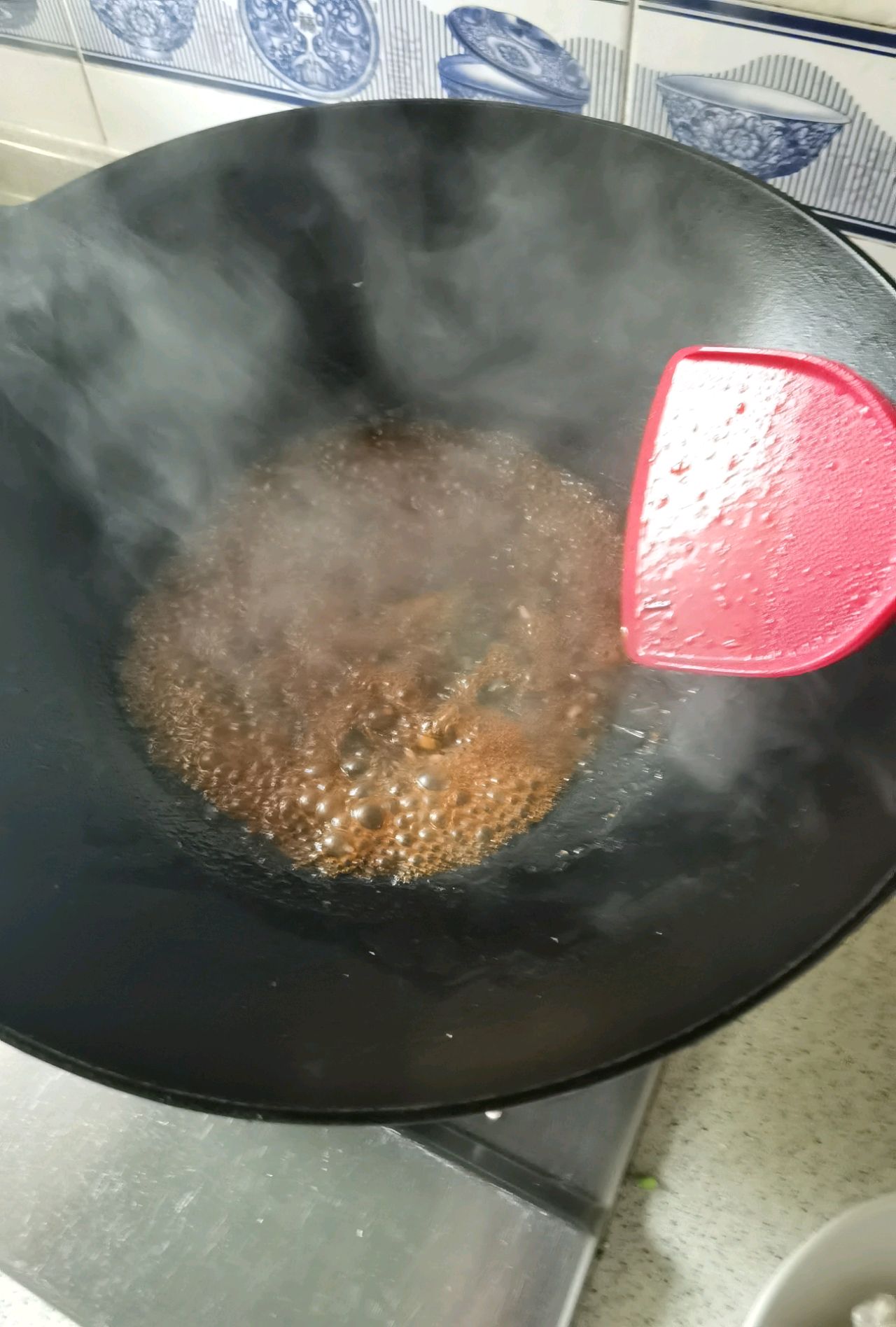
Step 7
Pour in the soy sauce and let the soup boil.
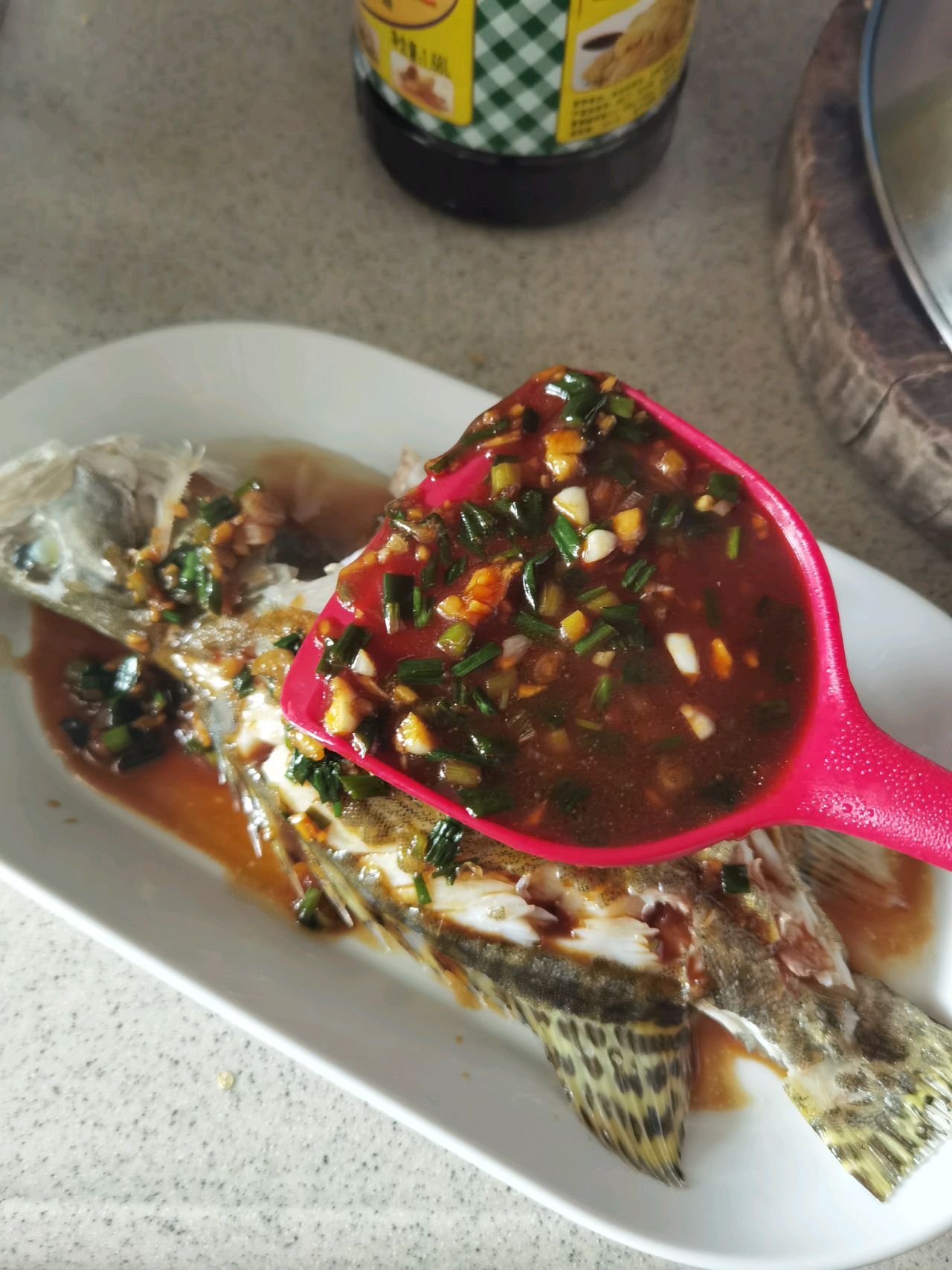
Step 8
Drizzle over the fish while it is still hot

Step 9
It’s done, you must eat it while it’s hot, it’s sweet and delicate.
Tips for Steamed Mandarin Fish
1.This recipe works with lots of different types of fish, In general, you should try to buy fish that’s in season, Since it will generally be fresher and cheaper.’
2.If you buy live fish in Chinatown, Usually the workers will help remove the scales for you, You won’t have to do it at home.
3.When frying the seasoning, the oil must be more salty, and the Cantonese steamed fish must be put in peanut oil to make it fragrant. The fish should not be left cold before pouring the seasoning.
Steamed foods and dishes
This is a list of steamed foods and dishes that are typically or commonly prepared by the cooking method of steaming.
== Steamed foods ==
Ada – a food item from Kerala, usually made of rice flour with sweet filling inside.
Bánh – in Hanoi Vietnamese, translates loosely as “cake” or “bread”, referring to a wide variety of prepared foods. Some varieties are cooked by steaming.
Bánh bò – a steamed sponge cake
Bánh bột lọc
Bánh chuối hấp – literally “steamed banana cake”
Bánh cuốn
Bánh da lợn – a steamed layer cake
Bánh khoai mì hấp
Bánh tẻ
Chinese steamed eggs – eggs are beaten to a consistency similar to that used for an omelette and then steamed
Corunda
Couscous
Dhokla
Jjim – a Korean cuisine term referring to dishes made by steaming or boiling meat, chicken, fish, or shellfish which have been marinated in a sauce or soup
Agujjim
Andong jjimdak
Galbijjim – a variety of jjim or Korean steamed dishes made with galbi (갈비, short rib)
Gyeran jjim – a Korean steamed egg casserole, which is a popular dish in Korea and often eaten as a side dish (banchan)
Kue lapis – Indonesian kue, or a traditional snack of colorful layered soft rice flour pudding or steamed layered cake
Kwacoco – pureed cocoyam wrapped and steamed in banana leaves
Lemper
Nasi campur
Nasi lemak – a fragrant rice dish cooked in coconut milk and pandan leaf commonly found in Malaysia, where it is considered the national dish, and the Riau Province of Indonesia.
Pitha – some varieties are steamed
Enduri Pitha
Manda Pitha
Tekeli pitha
Idiyappam / Putu mayam
Puttu
Rice noodle roll – a Cantonese dish from southern China including Hong Kong, commonly served either as a snack, small meal or as a variety of dim sum.
Seon – refers to Korean traditional dishes made by steaming vegetables such as zucchini, cucumber, eggplant, or Napa cabbage that are stuffed with fillings
Steamed rice
Tamales – a Mexican and Central American dish of Pre-Columbian origins made with a corn-based dough and a variety of fillings, usually wrapped in banana leaf or corn husks
Tofu skin roll – The bamboo steamed version is generally known as sin zuk gyun
Urap
=== Breads ===
Dombolo – a traditional South African steamed bread
Mantou – a type of cloud-like steamed bread or bun popular in Northern China.
Steamed bread – produced and consumed all around the world
Tingmo – a steamed bread in Tibetan cuisine.
Wotou – a type of steamed bread made from cornmeal in Northern ChinaBlackpool Milk roll Steamed bread roll originating in Blackpool Lancashire
=== Buns and rolls ===
Bánh bao
Baozi
Bakpau
Cha siu bao
Goubuli
Shengjian mantou
Siopao
Tangbao – large, soup-filled type of steamed buns in Chinese cuisine
Xiaolongbao
Da Bao
Dampfnudel
Hoppang
Jjinppang
Lotus seed bun
Longevity peach
Mandarin roll – a kind of steamed bun originating in China
Nikuman
=== Cakes ===
Bánh bèo
Idli – cakes made by steaming a batter consisting of fermented black lentils (de-husked) and rice. Idli is a traditional breakfast in Indian households, and is also popular throughout India and neighbouring countries like Sri Lanka.

